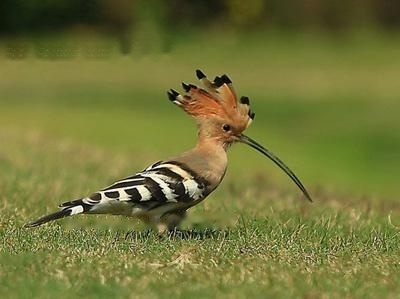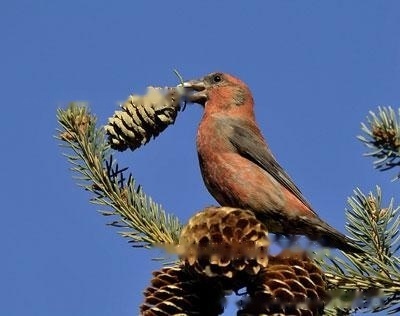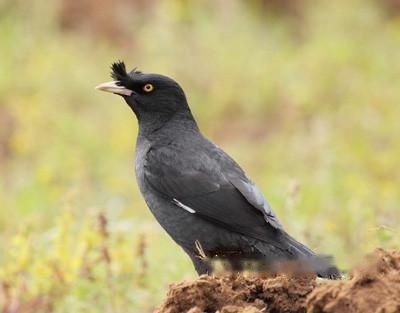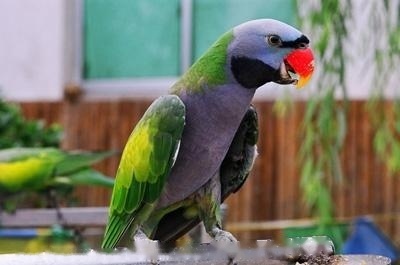The adult bird has a total length of 20-22 cm, a wingspan of about 28 cm, and a weight of 23-42 grams . The top of the head and the occiput are black, with a long erect crest, a red patch behind the eyes, the cheeks are white, the cheek lines are black, the throat is white, and there is a black stripe on each side from the lower neck to the chest, and the back edge of the stripe turns. is brown. The upper body and tail feathers are brown, the outer tail feathers have white end spots, the lower body is white, and the tail coverts are red. Iris brown, mouth and feet black. The subspecies monticola has a complete black thorax. The plumage of the female is similar to that of the male, but the black feathers are replaced by dark brown. The rear of the sub-adult is black without red patches, and the tail coverts are brown. The call is a loud and continuous twitter call, a short and sweet whistle of two or three syllables wit-t-waet; also a pleasing prroop. [1]
Black from the forehead to the top of the head, with a towering black crest on the top of the head, and a dark red feather cluster behind the eyes, forming a red spot; the ear feathers and cheeks are white, immediately below the red spot. The rest of the upper body, such as the coverts on the back of the neck, back to the tail, is brown or earthy brown, and some specimens have brown-red feather edges. The tail is dark brown or dark brown. Except for the central 1-2 pairs of tail feathers, the rest of the tail feathers have a white terminal spot, and the white spot expands outward as it goes to the outer tail feathers, until the entire end. The two wing coverts are the same color as the back, the flight feathers are dark brown or dark brown, and the outer parts are slightly decorated with earthy yellow or light earthy brown. Cheeks, throat white, and a thin black line between the white of the cheeks, extending from the base of the mouth along the leukoplakia to the back of the ear feathers. The rest of the underparts are white or nearly white, with light brown or light smoky brown on both flanks, with a wide dark brown or black transverse band on each side of the thorax, extending from the lower neck through the thoracic side to the middle of the thorax, and tapering in shape. Finally, it is interrupted in the center of the thorax, forming an incomplete thorax, and the tail coverts are bright red or orange-red. Iris brown, brown, reddish-brown or dark brown, mouth and feet black.
Size measurement: body weight ♂26-40g, ♀28-43g; body length ♂175-210mm, ♀165-223mm; mouth peak ♂12-15mm, ♀12-15mm; wing ♂80-92mm , ♀81-98mm; Tail ♂83-99mm, ♀81-100mm; ♂19.5-24mm, ♀19-23mm.




